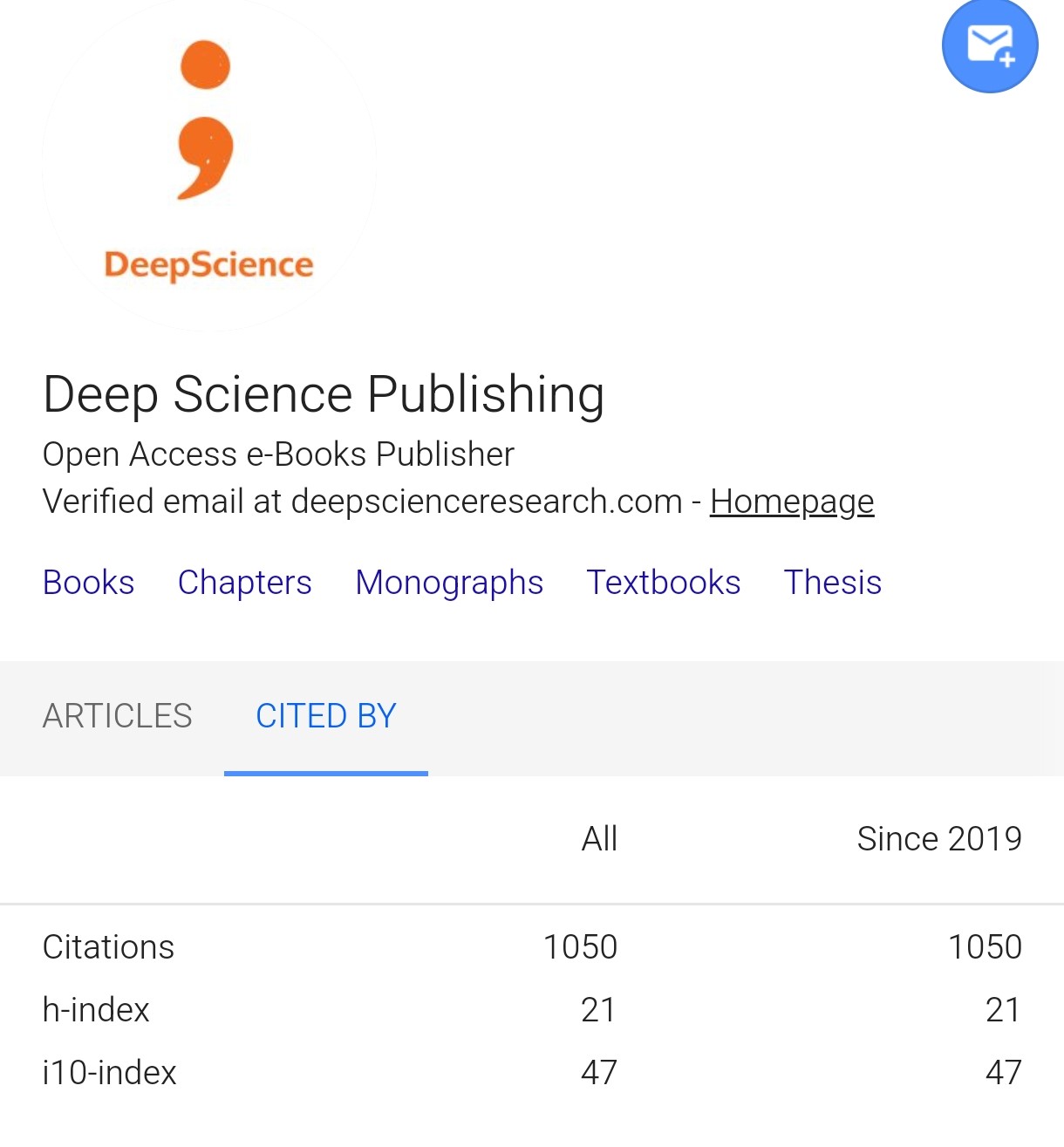Digital infrastructure and its influence on streamlining home lending workflows
Synopsis
A rapidly changing world requires the ability to be flexible and adapt quickly. Lenders who want to capitalize on changes and use these changes to grow top-line business or improve their margins will do so with a strong foundational infrastructure poised to take advantage of the digital revolution (Chava & Rani, 2023; Kannan, 2022; Kumar et al., 2025). Origination workflow automation, dynamic product lines, new and expanded channels, better understanding of borrower needs, and the use of pricing intelligence are among the many values that can be realized with the use of a BPM solution. However, most loan processing is predominantly manual in nature. There are a number of reasons why many lenders have not yet automated their operations. These include initial costs, technology that requires a high level of programming expertise, and operational risk.
That's about to change. With the digital explosion, consumers now have access to new channels and devices where simple products are being marketed directly to their needs, and they expect instant delivery (Burugulla, 2022; Challa, 2023; Pamisetty, 2022). As competition increases, lenders will have only price and service to use as a key differentiator. Today's technology allows these lenders, regardless of size, to compete. The use of a process automation solution addresses all the underlying reasons why lenders have not previously adopted automation as part of their operations. Business processes are natively agile, have excellent performance, and have low initial costs. The use of an intelligent BPM offers the ability to adapt when changes are needed by the lender. This text explores what an intelligent BPM technology provides and the levels of value that it enables lenders to generate with their operations to serve borrowers more affordably and effectively.
3.1.1. Purpose and Scope of the Report
The main purpose of this report is to quantify the benefits of the investment in more modern and efficient infrastructure for home lending, focusing on the local development and application of digital infrastructure technologies. The methodology, which includes multiple sources of financial data and analytical tools, as well as cutting-edge industry expertise, is broadly measured using the home loan industry as the benchmark. In spite of these discrete features, the methodology is, however, generally extensible to the broader category of retail credit products—a point that will be made specifically when we survey how other countries compare. While numerous players participate in the home lending pipeline, both at the origination and servicing stages, the analysis focuses primarily on the GSEs and government agencies that largely determine the pace of credit, credit access, and housing development. Finally, the original motivation for conducting this research is the great regulatory interest that the issue has attracted. Under their specific mandate, the GSEs are required to further modernize the infrastructure of housing finance.













